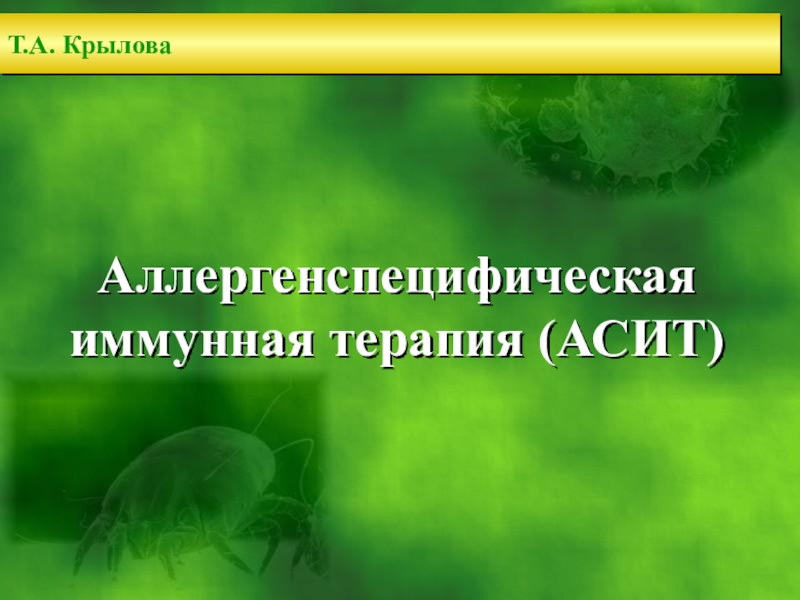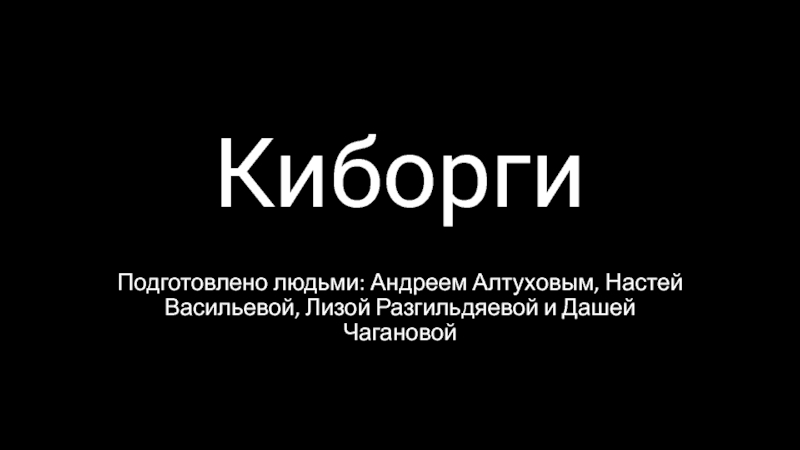Слайд 3111111
History of European Integration (2)
Слайд 4
1980–1989
The changing face of Europe
Слайд 5Difficult years 1973 - 1985
The oil crises of 1973 and
1979 had shaken the European economies. Thus, Europe in the
early 1980s had sunk into "Euro-slump" and "Euro-pessimism".
The EU was falling behind its competitors (notably Japan and the United States) in the new techologies and new products
Many sceptics thought at the time that the experiment of European integration was going to fail.
Слайд 6European integration needs to regain momentum…
During the first decade of
its existence the Community had taken two important steps for
its economic integration:
the achievement of customs union, in July 1968, involving the abolition of customs duties and quantitative restrictions between Member States,
the establishment of a common customs tariff and the definition of a common agricultural policy necessary for the free movement of agricultural goods between Member States
However, intra-community trade within the customs union was far from free due to the existence of non-tariff barriers to trade.
Слайд 7New ideas ….
In 1985, it has been declared that
in order to achieve the main objective of the EEC
Treaty, the creation of a single market, all internal European borders should be eliminated by the end of 1992. Therefore, the European Commission proposed a set of ideas on completing the internal market .
The amendments to the EEC Treaty required for the completion of the internal market. A new Treaty - "Single European Act" was proposed with significant changes to the Community decision-making process (qualified majority voting ).
Слайд 8EU on track again
The period of"eurosclerosis"/„europesimism”
was brought to an end
by the 1986 Single
European Act which re-launched the
drive
to integration by framing the single
market of the EEC.
Слайд 9Single European Act of 1986
The Single European Act (SEA) of
1986 was the first major revision of the 1957 Treaty
of Rome. Set an objective of establishing a Single Market by 1992. SEA reformed the decision making by extending majorty voting in place of unanimity. Measures were taken to shorten the legislative process. The SEA intended to remove barriers and to increase harmonisation and competitiveness among its countries.
Слайд 10What does the Single Market mean?
The idea behind the
Single Market is to treat the EU as one territory
where people, money, goods and services flow freely to stimulate competition and trade, and improved efficiency.
Single European Act allowed for over 280 pieces of legislation to be passed to pave the way for one common law for the EU based on the principle of mutual recognition for laws and regulations of member states.
On 1 January 1993 internal border controls between EU countries were abolished and the European Single Market – based on the free movement of people, goods, services and capital- was launched.
Слайд 11„ERASMUS” programme launched !
In 1986 the EU launches the Erasmus
programme to fund university students wishing to study for up
to a year in another European Country.
In the past twenty years, over two million students[ have benefited from Erasmus grants,
The Programme is named after the Dutch philosopher Desiderius Erasmus of Rotterdam, known as an opponent of dogmatism, who lived and worked in many places in Europe to expand his knowledge and gain new insights.
Слайд 13The collapse of Est – West divisions in Europe 1989/1990
In
1985, Mikhail Gorbachev became leader of the Soviet Union and
relaxed Communist strictures. The Soviet Union did not intervene as the Easten-bloc nations all abandoned dictatorial Communist rule by 1989/1990.
1989 – first democratic elections in Poland
1989 – fall of the Berlin Wall
1990 – unification of Germany
1991 – in the Balkans, Yugoslavia begins to break apart followed by a bloody civil war. The
EU unprepared to respond effectively to the crisis
in the Balkans.
Слайд 14Autumn of Nations 1989
Top left: Round Table talks in Warsaw
Top
right: Fall of the Berlin Wall
Middle left: Romanian Revolution
Middle right:Velvet
Revolution in Prague,
Bottom: Baltic Way in Estonian, Latvian
and Lithuanian SSR
Слайд 15The first EU „Eastern enlargement” 1990
In October 1990, Germany
was unified and therefore former East Germany became part of
the EU.
Слайд 16Treaty of Maastricht 1992
7 February 1992
The Treaty on European Union
is signed in Maastricht. It is a major EU milestone,
setting clear rules for the future single currency as well as for foreign and security policy and closer cooperation in justice and home affairs.
Under the treaty, the name ‘European Union’ officially replaces ‘European Community’.
Слайд 17An impact of German reunification on deepening of European Integration
Political
context of an establisment of the EU common currency
Economic arguments
for introduction of EURO (strengthening of the internal market; transparency of prices; lower transaction costs etc.)
Слайд 18Establishing the European Single Market
1 January 1993
The single market and
its four
freedoms are established: the free movement of
goods, services, people and money is now reality.
More than 200 laws have been agreed since 1986 covering tax policy, business regulations, professional qualifications and other barriers to open frontiers.
The free movement of some services is delayed
Слайд 20Austria, Finland, Sweden join the EU 1995
1 January 1995
Austria,
Finland and Sweden join the EU. The 15 members now
cover almost the whole of western Europe.
Слайд 21Schengen Agreement – no passpots needed
26 March 1995
The
Schengen Agreement takes effect in seven countries — Belgium, Germany,
Spain, France, Luxembourg, the Netherlands and Portugal. Travellers of any nationality can travel between all these countries without any passport control at the frontiers. Other countries have since joined the passport-free Schengen area.
26 countries
(4 non-EU)
UK, Irelend –
opt-out
Romania, Cyprus
Bulgaria, Croatia-
will join in the
future
Слайд 24Treaty of Amsterdam
17 June 1997
Signature of the Treaty of
Amsterdam. It builds on the achievements of the treaty from
Maastricht, laying down plans to reform EU institutions, to give Europe a stronger voice in the world, and to concentrate more resources on employment and the rights of citizens.
Слайд 25Preparation for Enlargament to the East
13 December 1997
EU leaders
agree to start the process of membership negotiations with 10
countries of central and eastern Europe: Bulgaria, the Czech Republic, Estonia, Hungary, Latvia, Lithuania, Poland, Romania, Slovakia and Slovenia. The Mediterranean islands of Cyprus and Malta are also included. In 2000, Treaty changes agreed in Nice open the way for enlargement by reforming EU voting rules.
Слайд 26EURO for commercial transactions
1 January 1999
The euro is introduced
in 11 countries (joined by Greece in 2001) for commercial
and financial transactions only. Notes and coins will come later. The euro countries are Belgium, Germany, Greece, Spain, France, Ireland, Italy, Luxembourg, the Netherlands, Austria, Portugal and Finland. Denmark, Sweden and the United Kingdom decide to stay out for the time being.
Слайд 27EURO
1 January 2002
Euro notes and coins arrive. Printing, minting
and distributing them in 12 countries is a major logistical
operation. More than 80 billion coins are involved. Notes are the same for all countries. Coins have one common face, giving the value, while the other carries a national emblem. All circulate freely. Using Finnish (or any other) euro coin to buy a Madrid metro ticket is something we take for granted.
Слайд 31EUROPE UNITED: 10 new member
1 May 2004
Eight countries of central
and eastern Europe — the Czech Republic, Estonia, Latvia, Lithuania,
Hungary, Poland, Slovenia and Slovakia — join the EU, finally ending the division of Europe decided by the Great Powers 60 years earlier at Yalta. Cyprus and Malta also become members.
Слайд 32Bulgaria and Romania in the EU 2007
1 January 2007
Two more
countries from eastern Europe, Bulgaria and Romania, now join the
EU, brining the number of member states to 27 countries. Croatia, the Former Yugoslav Republic of Macedonia and Turkey are also candidates for future membership.
Слайд 33Treaty of Lisbon 2007
13 December 2007
The 27 EU countries sign
the Treaty of Lisbon, which amends the previous Treaties. It
is designed to make the EU more democratic, efficient and transparent, and thereby able to tackle global challenges such as climate change, security and sustainable development. The Treaty of Lisbon is ratified by all EU countries before entering into force on 1 December 2009.
Слайд 34Changes in the EU decision making system
The Treaty of Lisbon
has expanded the use of qualified majority voting (QMV) in
the Council of Ministers by having it replace unanimity as the standard voting procedure in almost every policy area outside taxation and foreign policy.
Moreover, taking effect in 2014, the definition of a qualified majority will change: A qualified majority will be reached when at least 55% of all member states, who comprise at least 65% of EU citizens, vote in favour of a proposal.
Слайд 35The Treaty of Lisbon - „NO” and „YES” Campaign
VOTE NO
VOTE YES
Слайд 37Financial Crisis 2008
September 2008
A major financial crisis hits the
world economy. The problems start with mortgage loans in the
United States. Several European banks also experience difficulties. The crisis leads to closer economic cooperation between EU countries.
Слайд 39Croatia in the UE 2013
2013
The 2013 enlargement of the
European Union saw Croatia join the European Union as their
28th member state on 1 July 2013.
Croatia is after Slovenia the second former Yugoslav republic to join the European Union after a decade-long negotiation process.
Слайд 44The European Flag
The European flag is the
Symbol not only
of the
European Union but also of
Europe's unity and
identity
in a wider sense.
The European flag consists of
12 golden stars in a circle on a blue background.
The stars symbolise the ideals of unity, solidarity and harmony among the peoples of Europe.
The number of stars has nothing to do with the number of member countries, though the circle is a symbol of unity.
Слайд 45„Ode to Joy” - The European Anthem
The melody used to
symbolize the EU comes from the Ninth Symphony composed in
1823 by Ludwig Van Beethoven, when he set music to the "Ode to Joy", Friedrich von Schiller's lyrical verse from 1785.
The anthem symbolises not only the European Union but also Europe in a wider sense. The poem "Ode to Joy" expresses Schiller's idealistic vision of the human race becoming brothers - a vision Beethoven shared.
The European anthem is not intended to replace the national anthems of the EU countries but rather to celebrate the values they share.
Слайд 53GDP per inhabitant: the spread of wealth
Lithuania
2012 GDP per inhabitant
Index
where the average of the 28 EU-countries is 100
Luxembourg
Ireland
Netherlands
Austria
Denmark
Belgium
Sweden
Finland
Germany
France
Italy
Spain
EU-28
Cyprus
Greece
Slovenia
Malta
Portugal
Estonia
Hungary
Slovakia
Latvia
Poland
Romania
Bulgaria
United
Kingdom
Czech Republic
Croatia
Слайд 57The EU – a major trading power
% of global exports,
goods, 2012
Others
55%
EU
15%
United States
11%
Japan
5%
China
14%
% of global exports, services, 2012
Others
42%
EU
25%
United States
18%
Japan
4%
China
6%
India
5%
Слайд 59We will continue….
We will continue at our next lecture
Thank you
for your attention
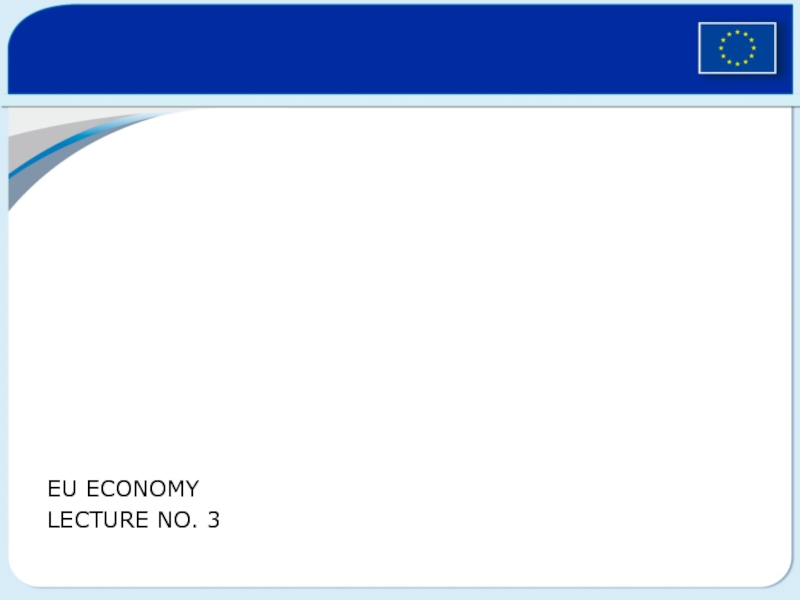




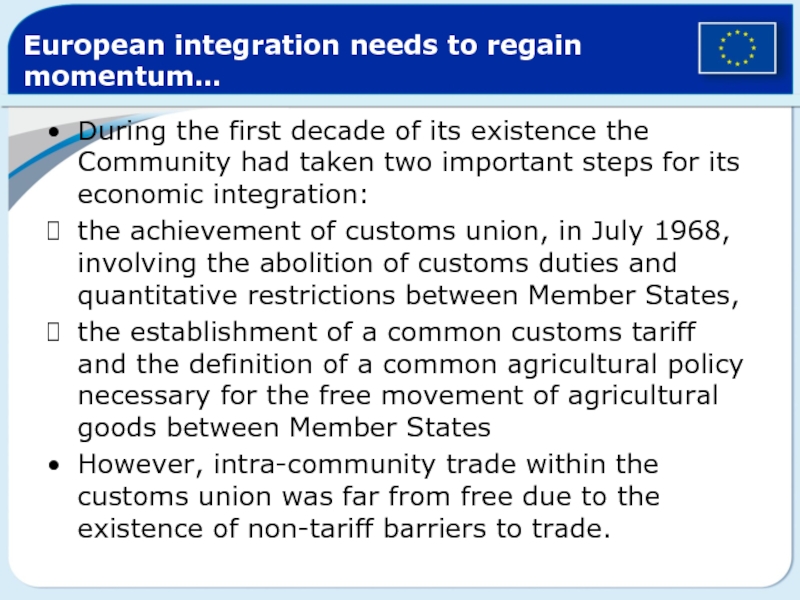

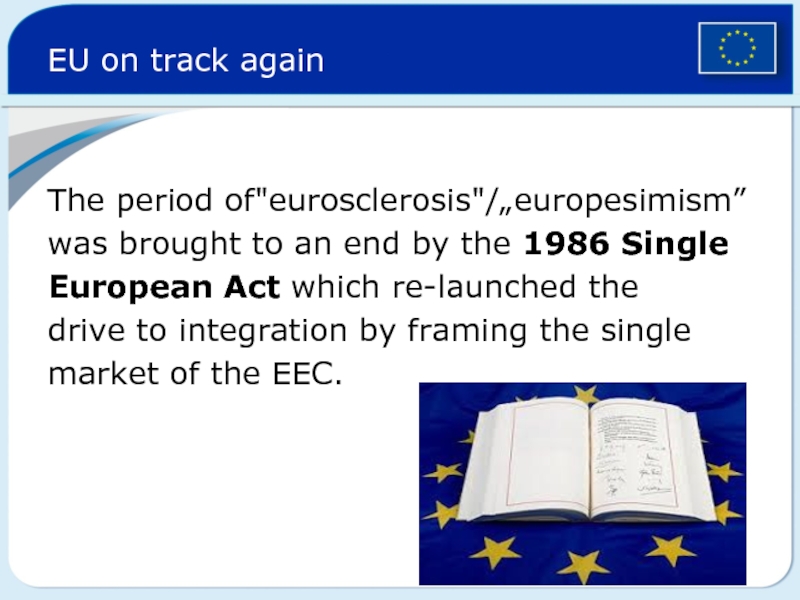
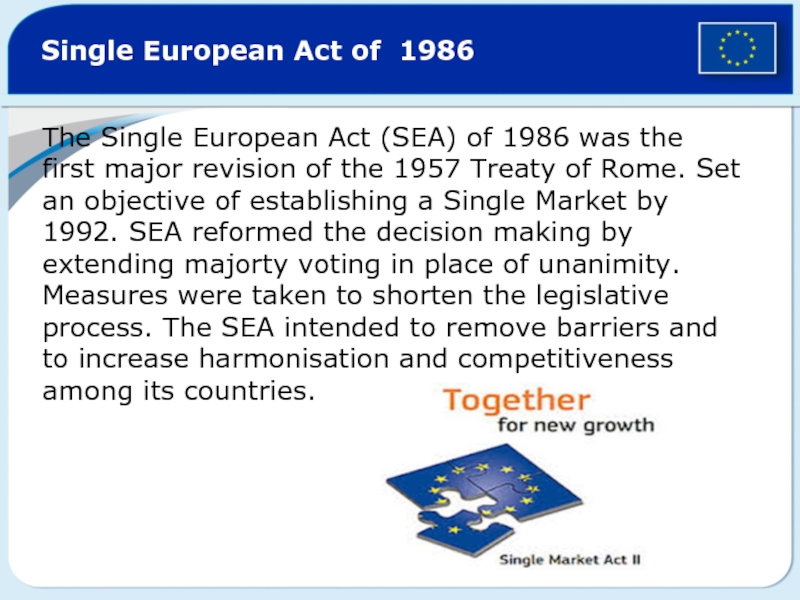

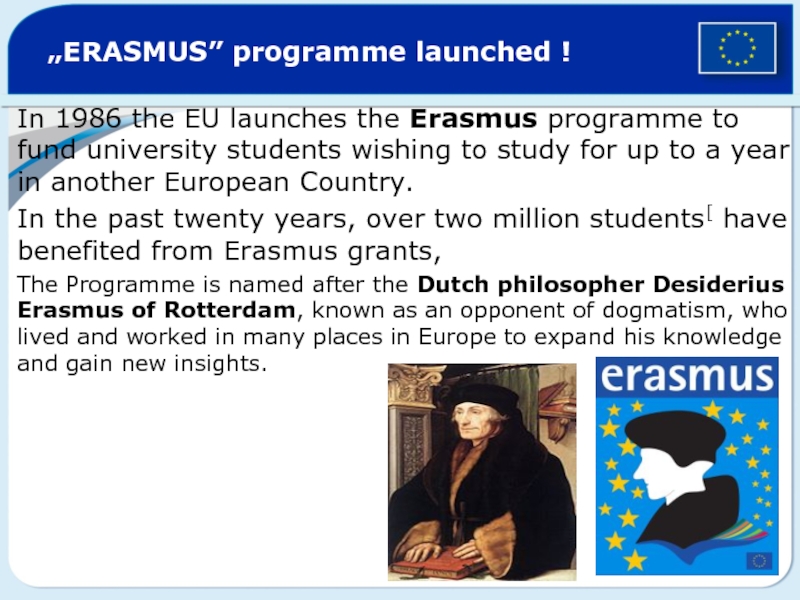

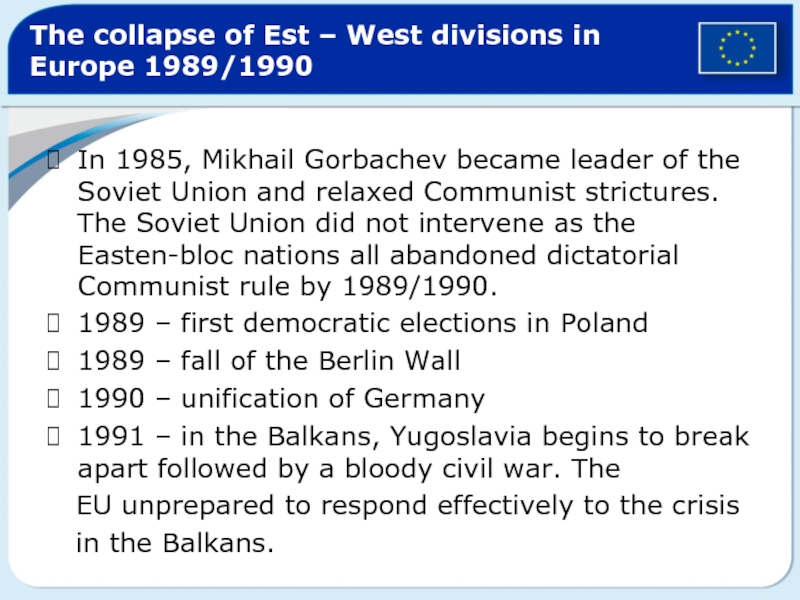
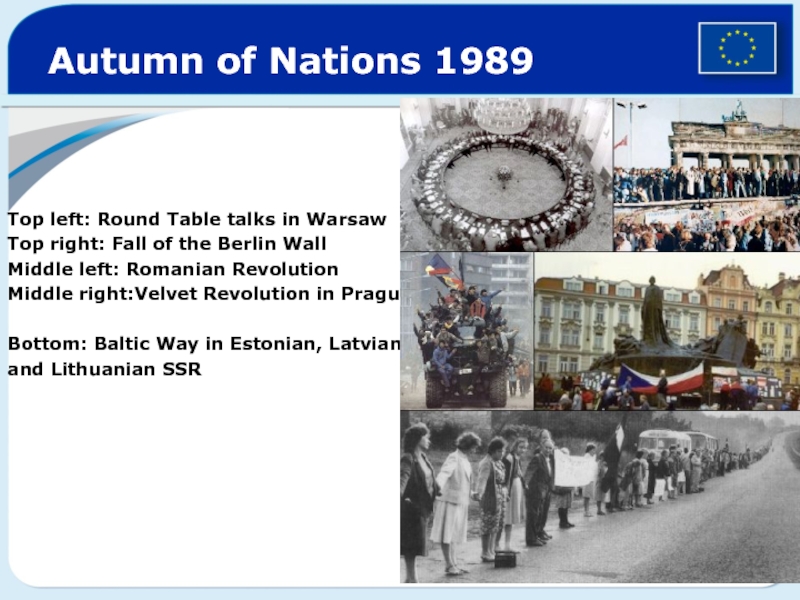
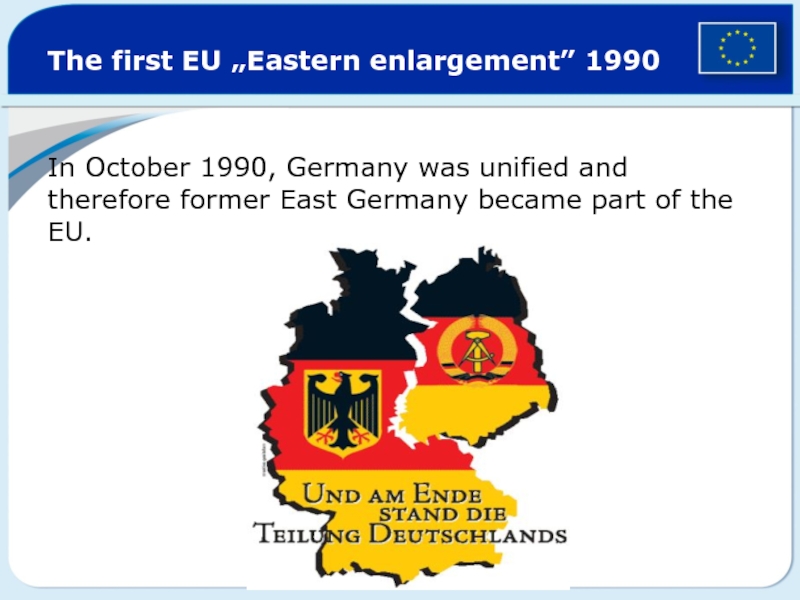
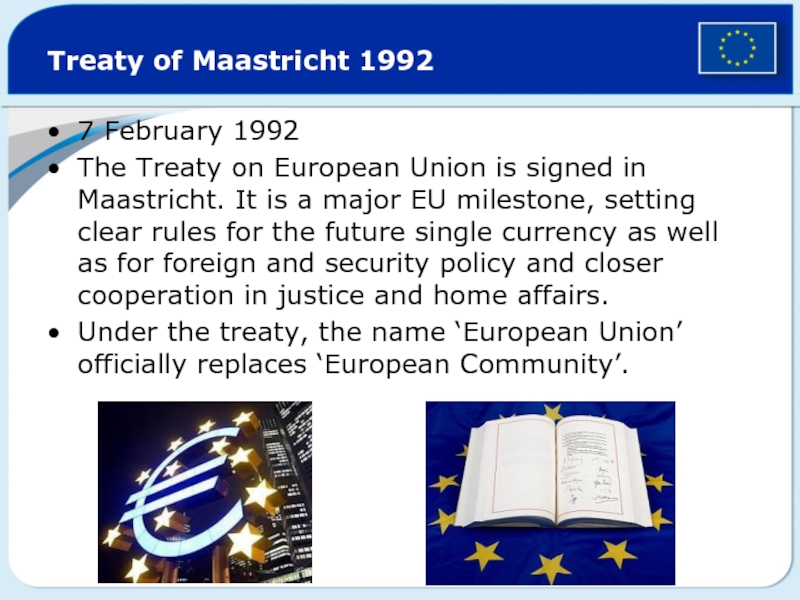
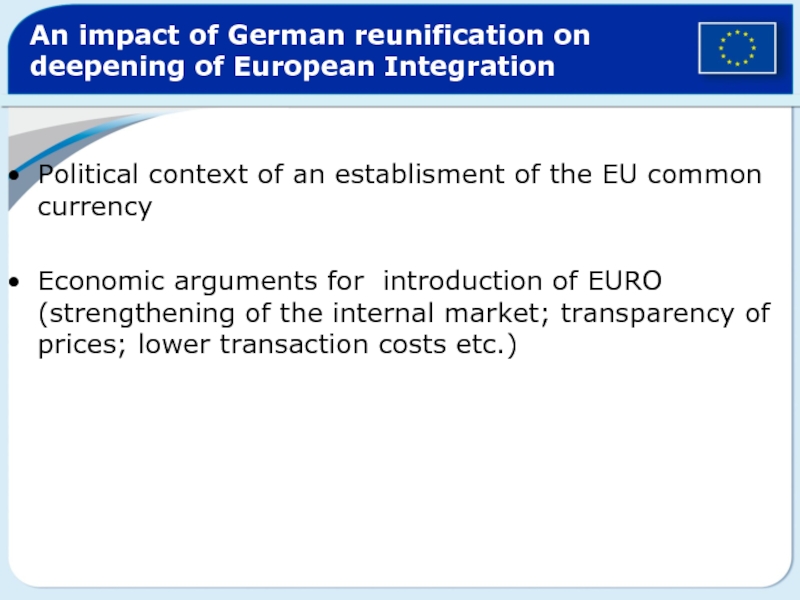
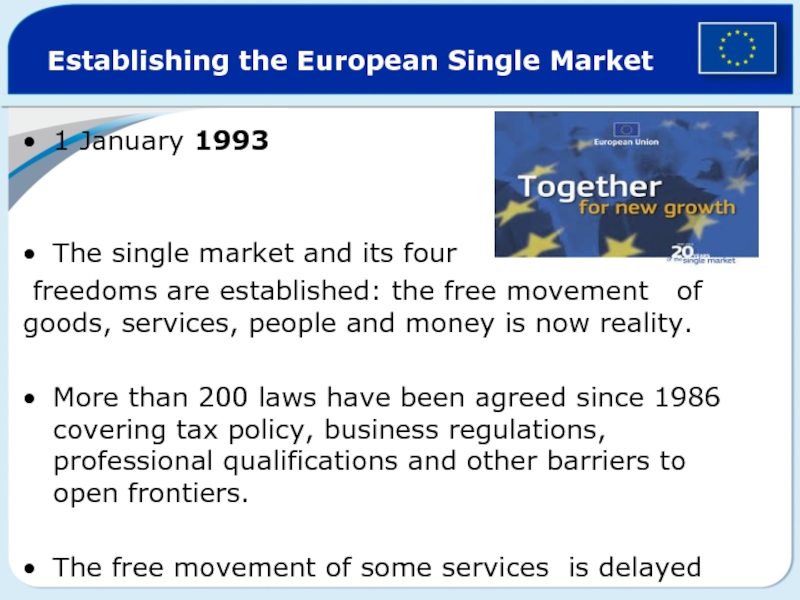

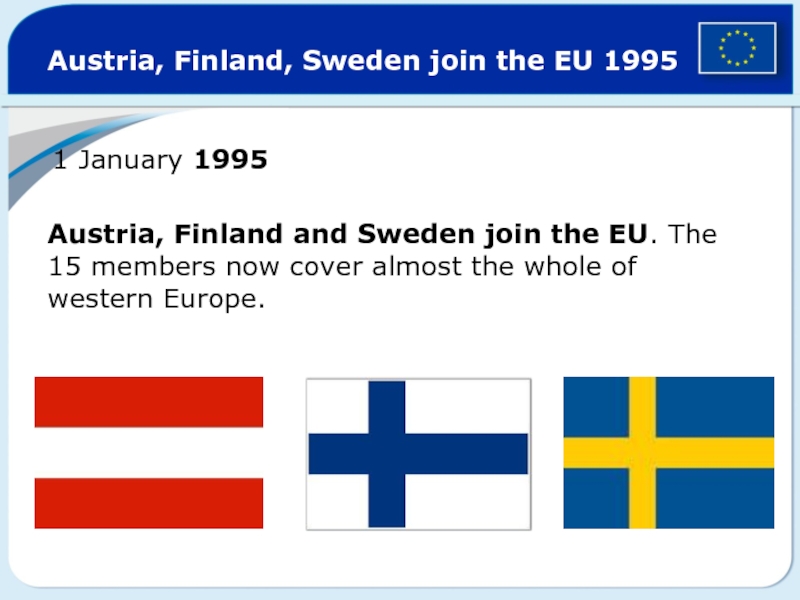
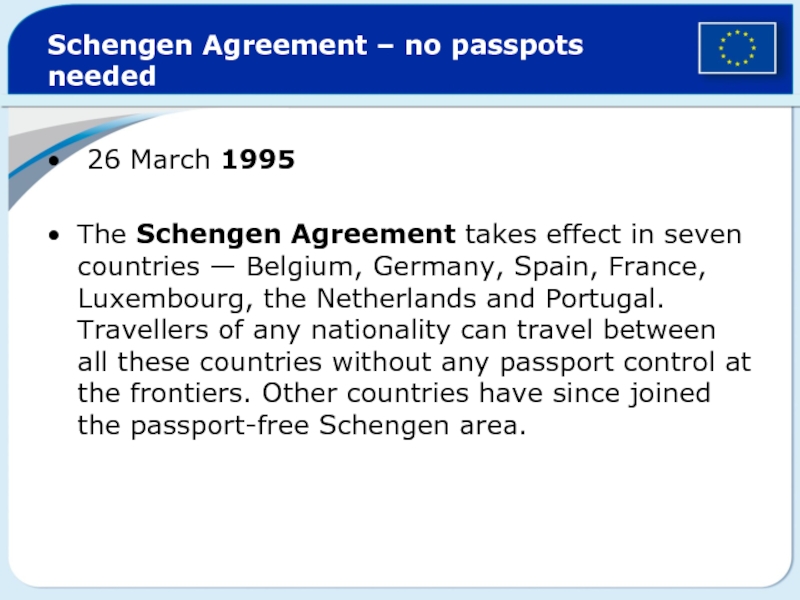
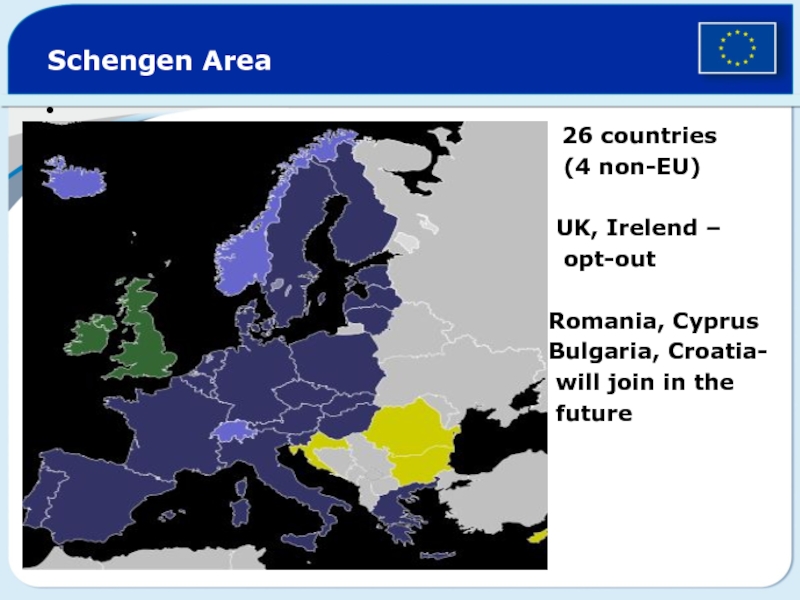

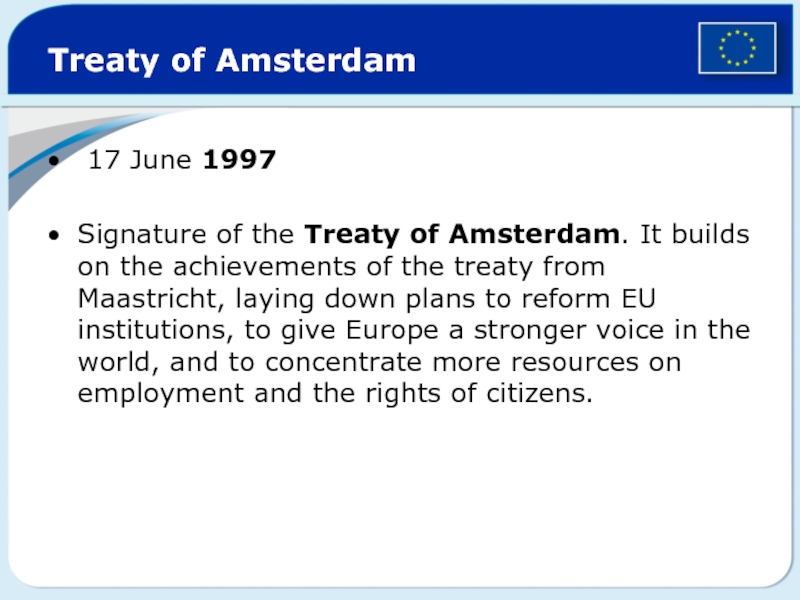
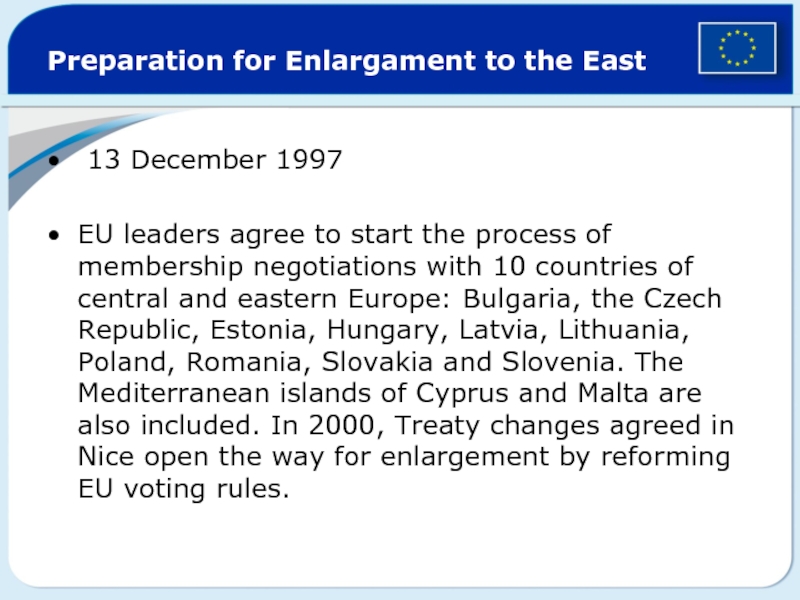
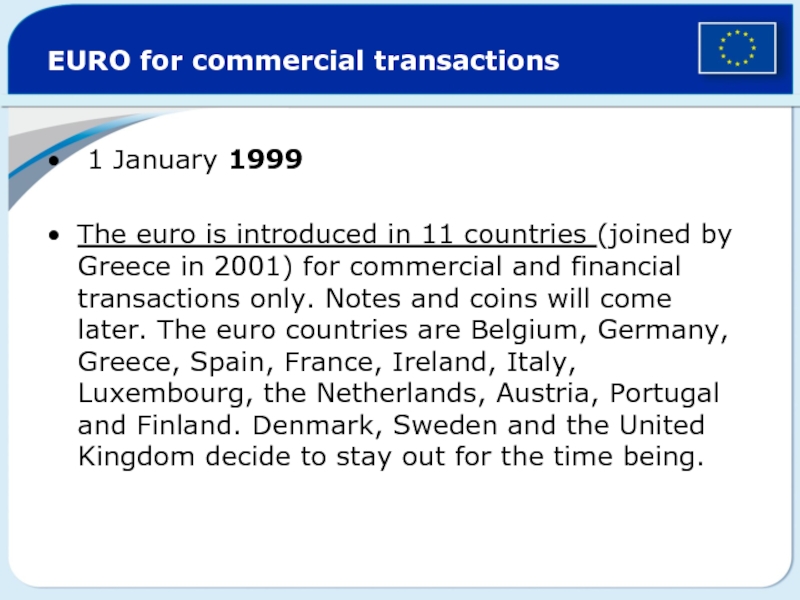
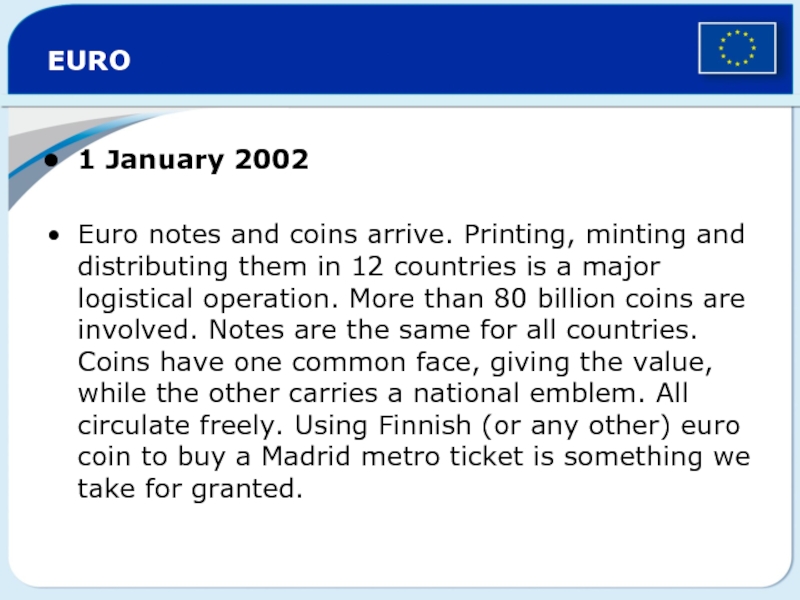
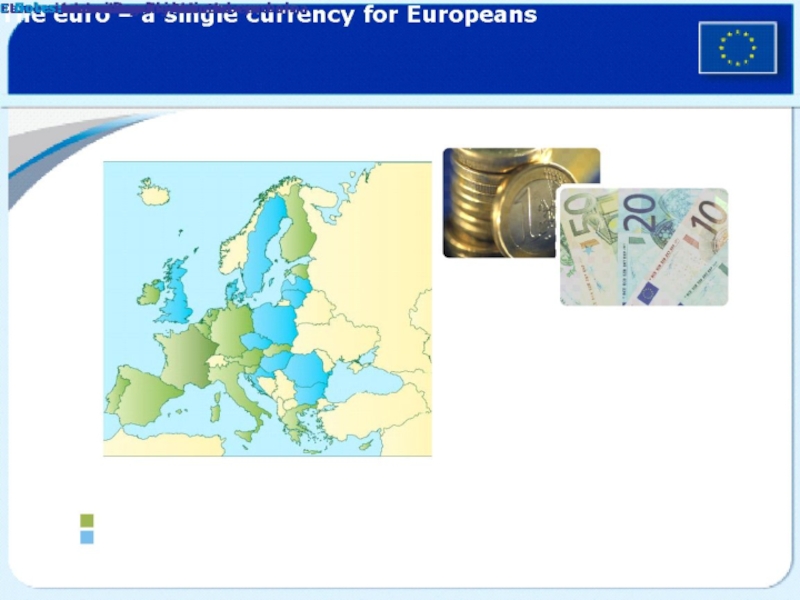


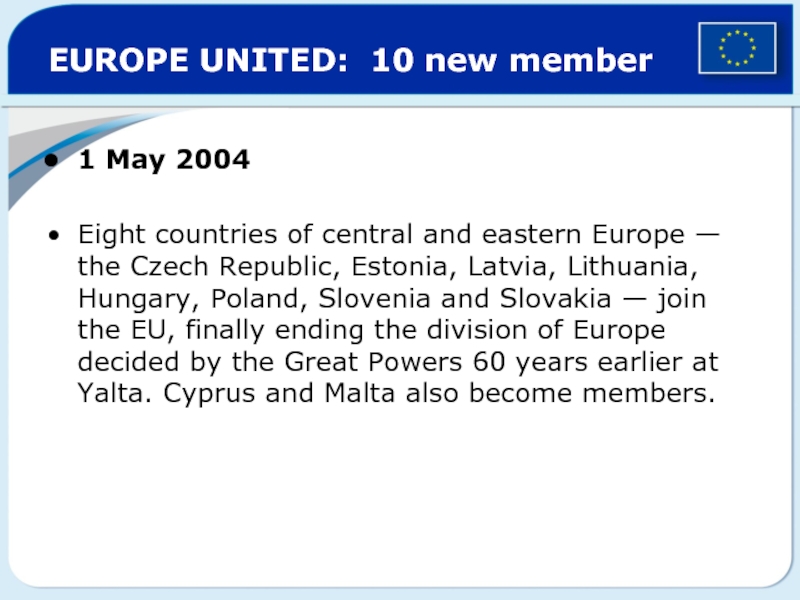
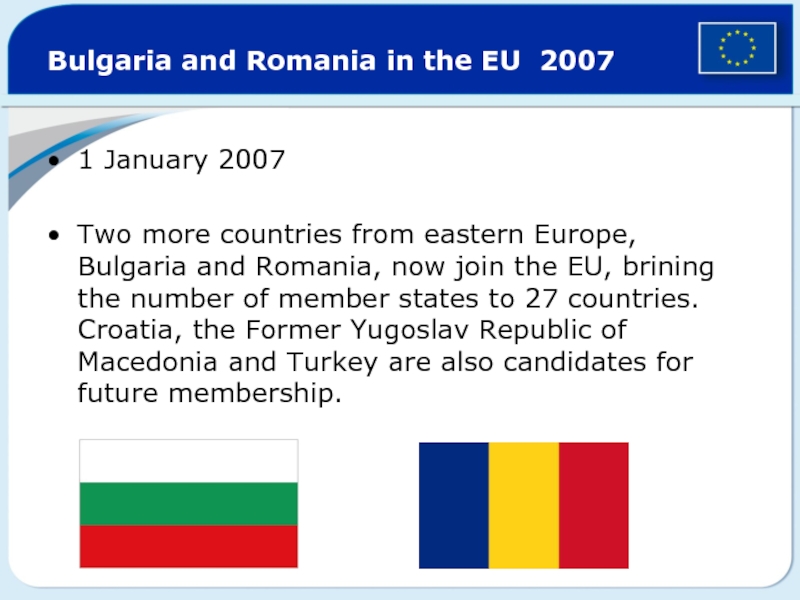
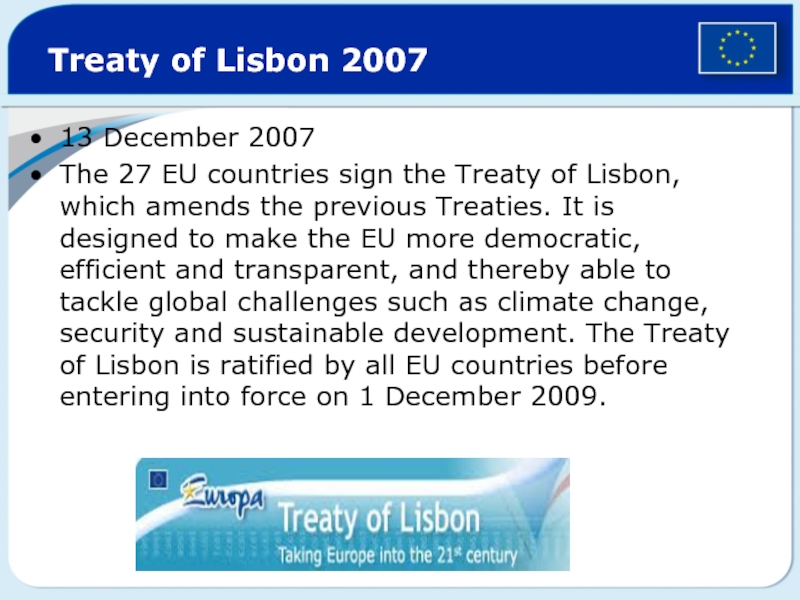
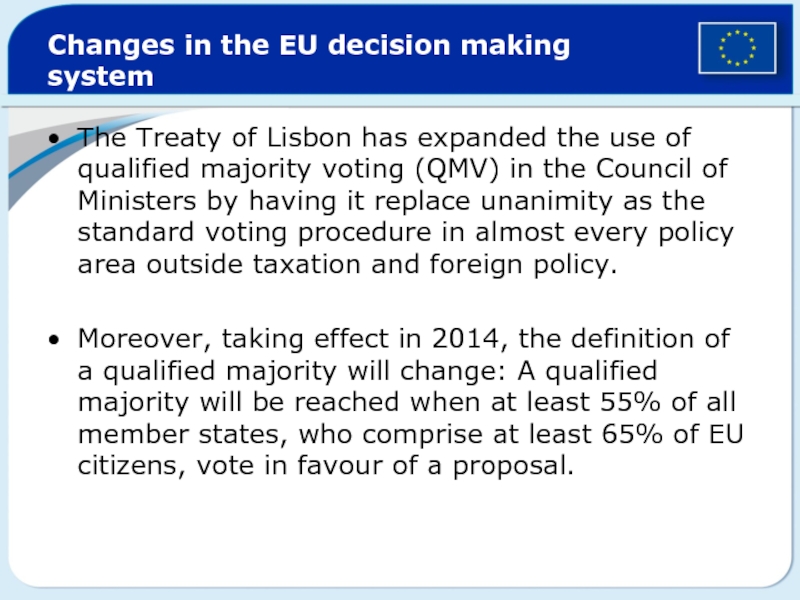
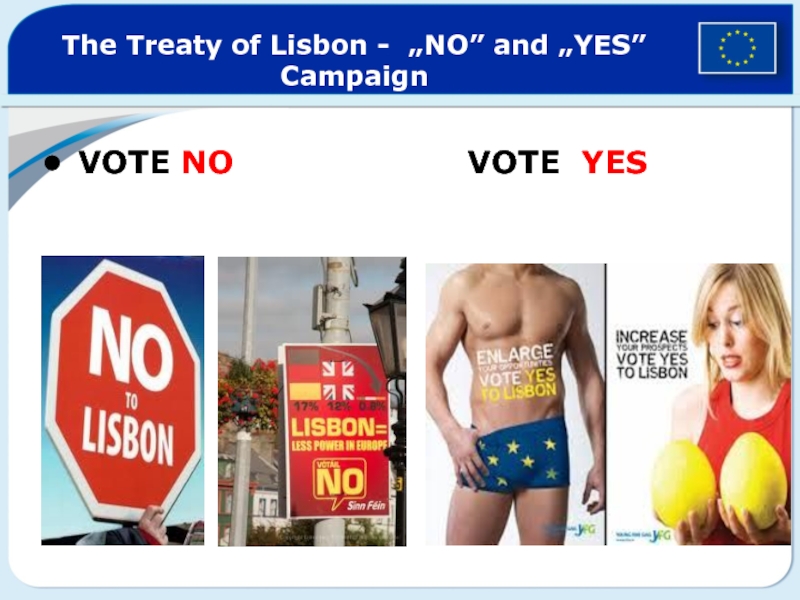
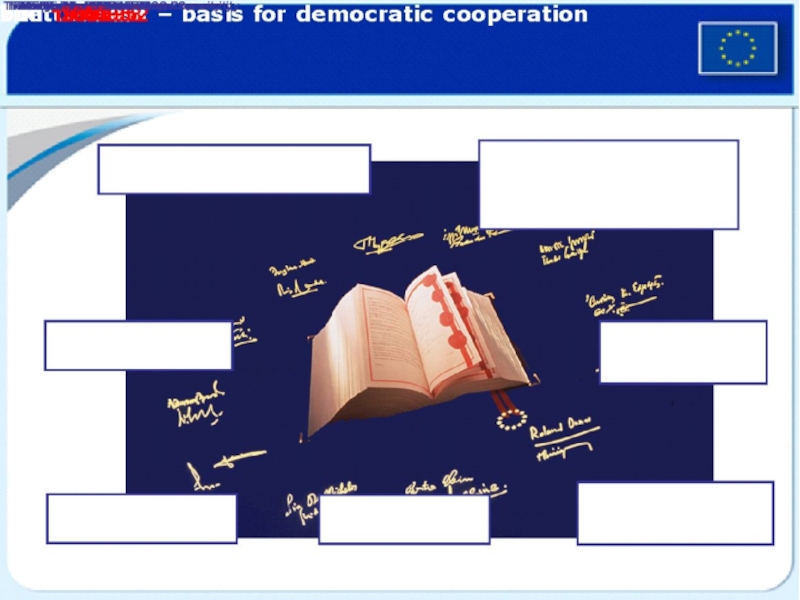
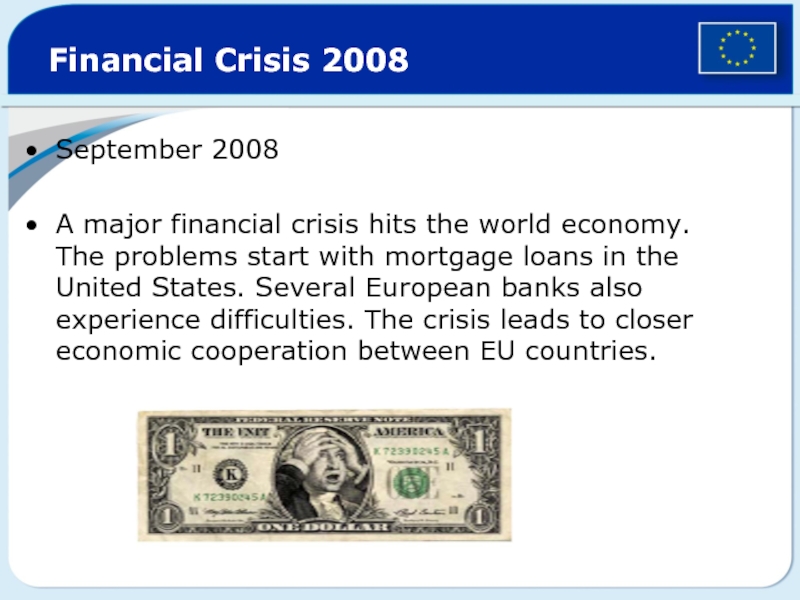
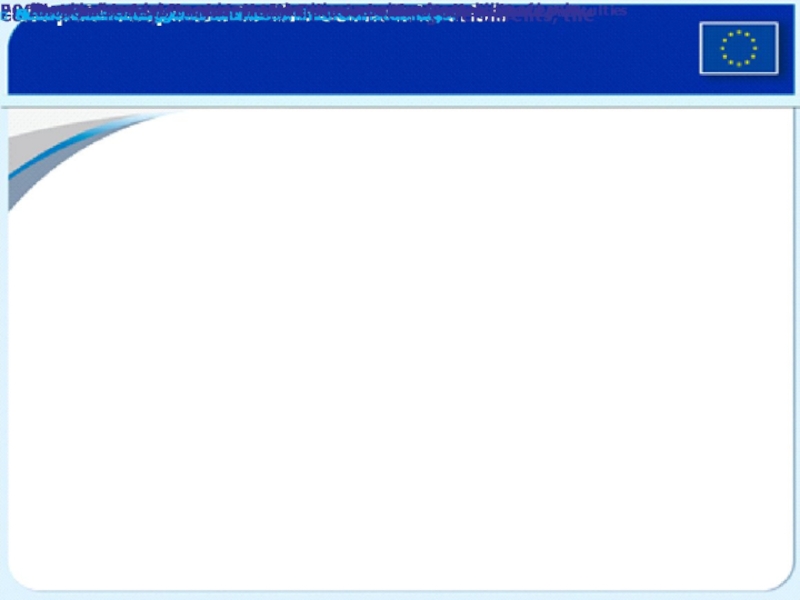
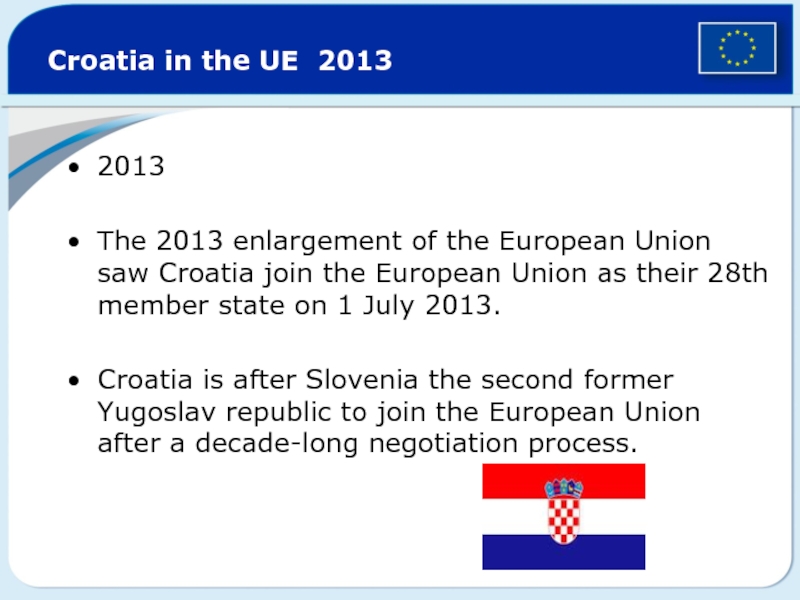
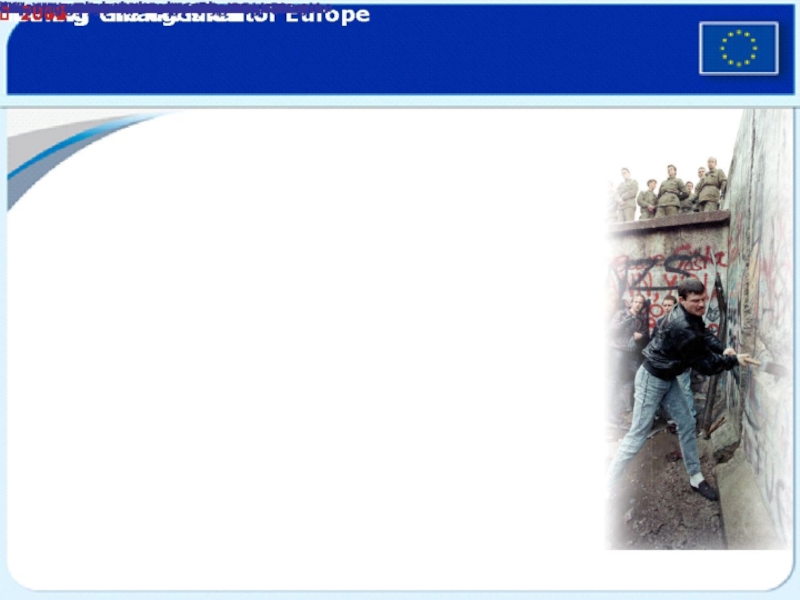
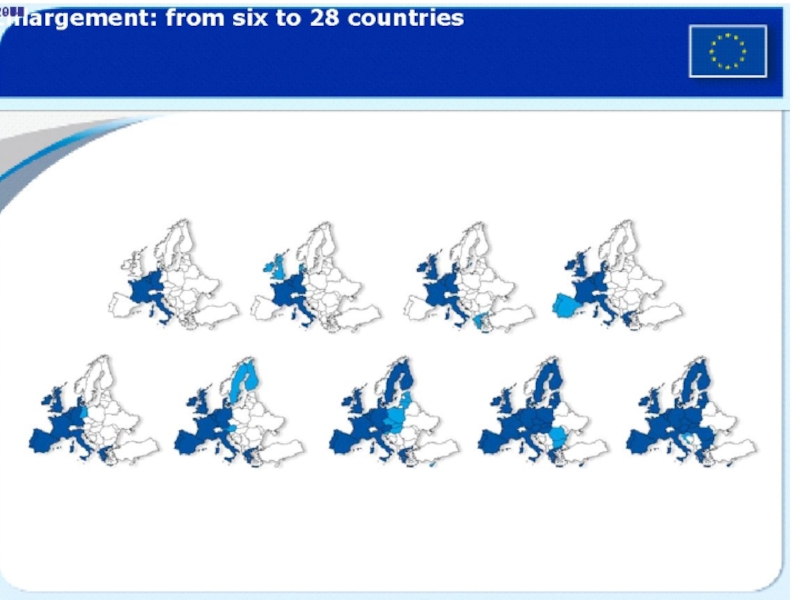
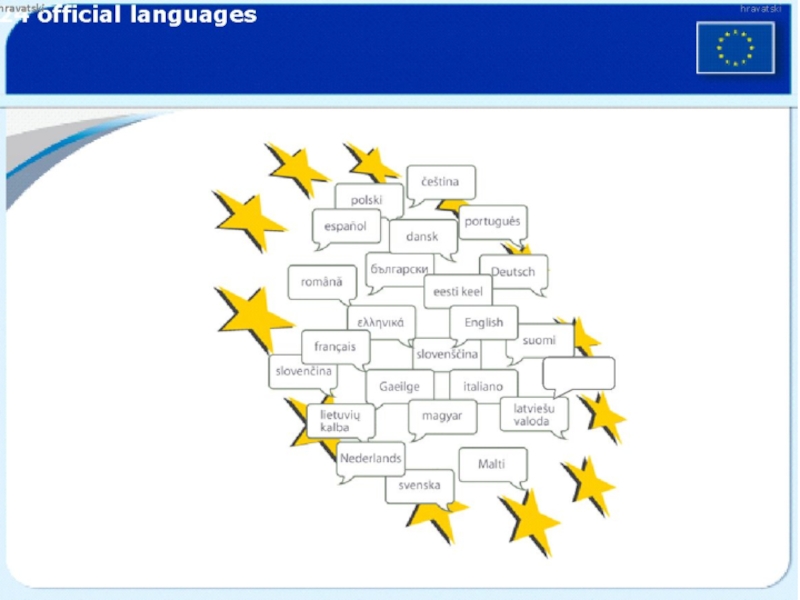
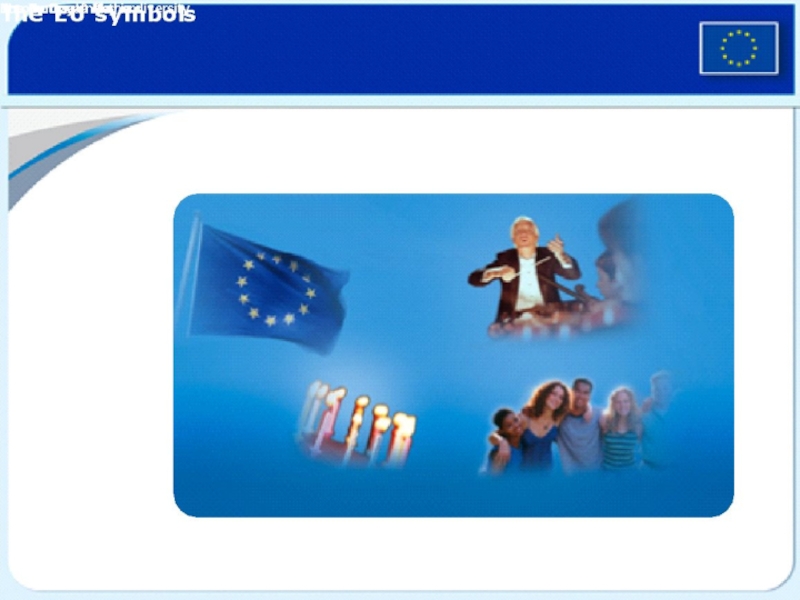
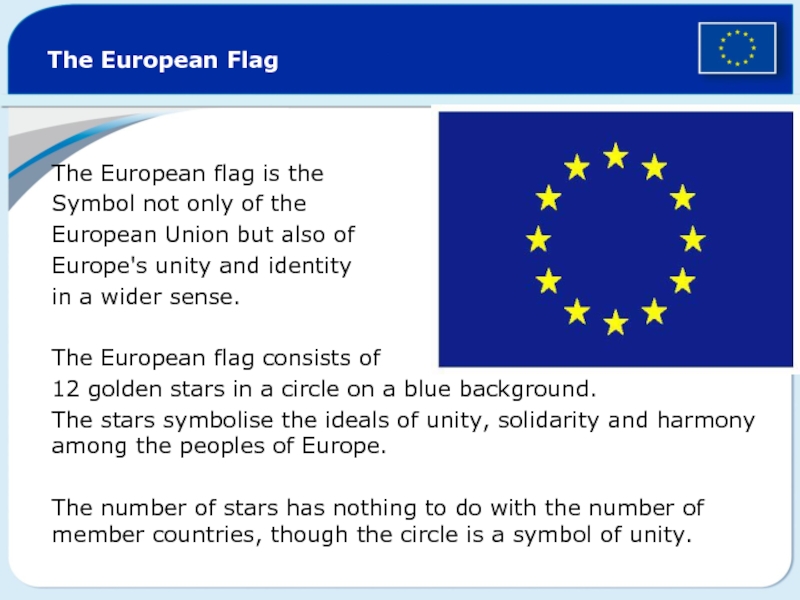
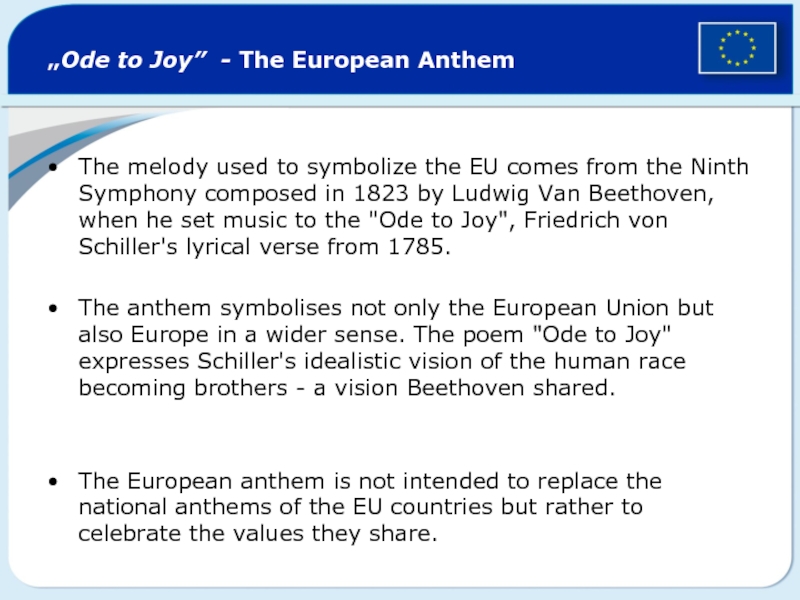
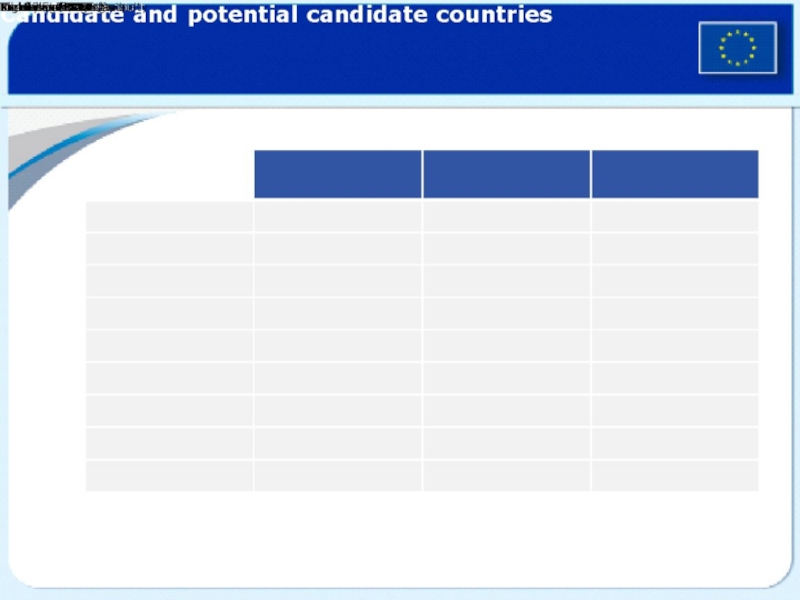
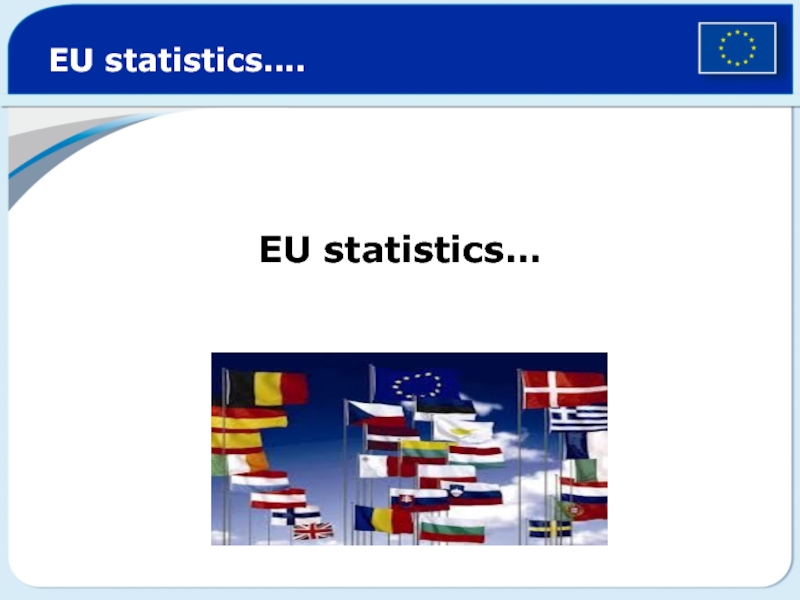
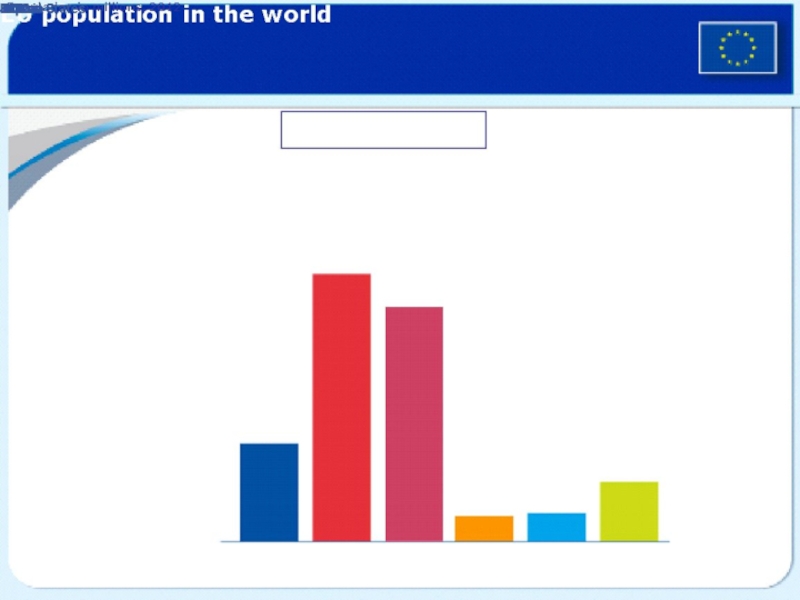
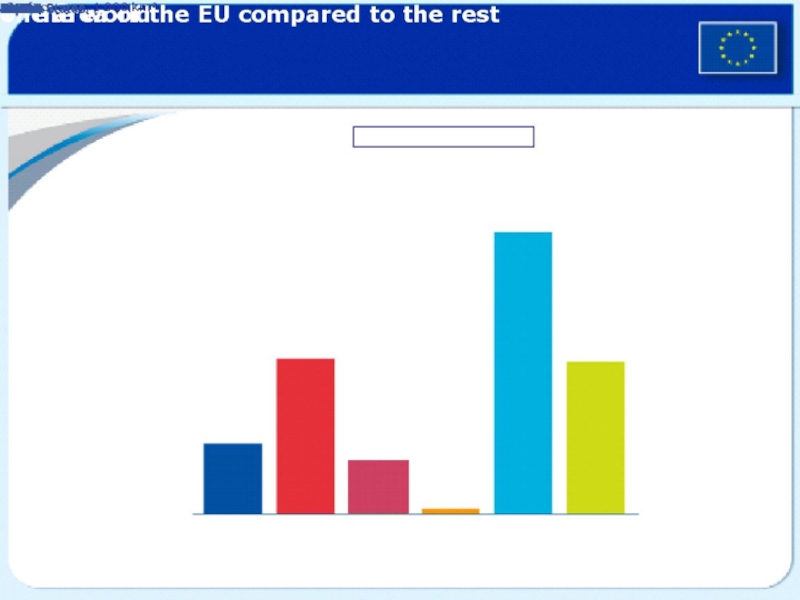
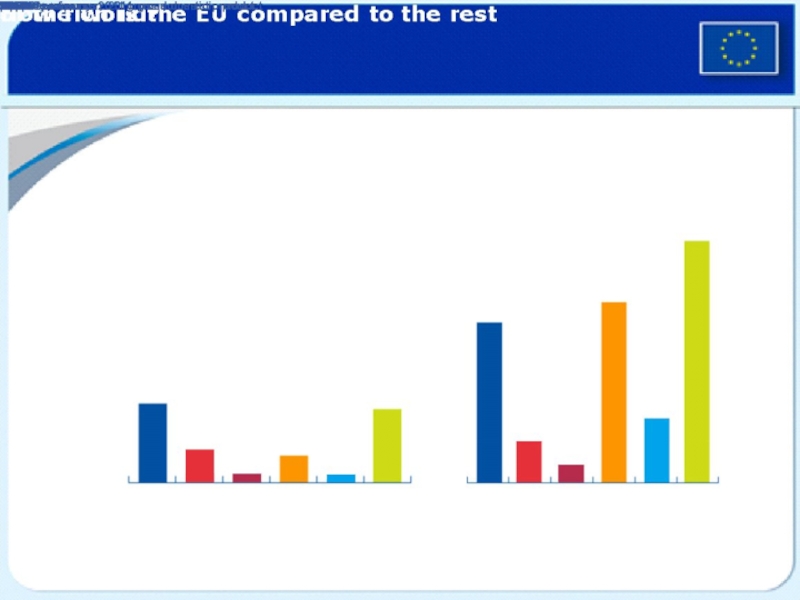

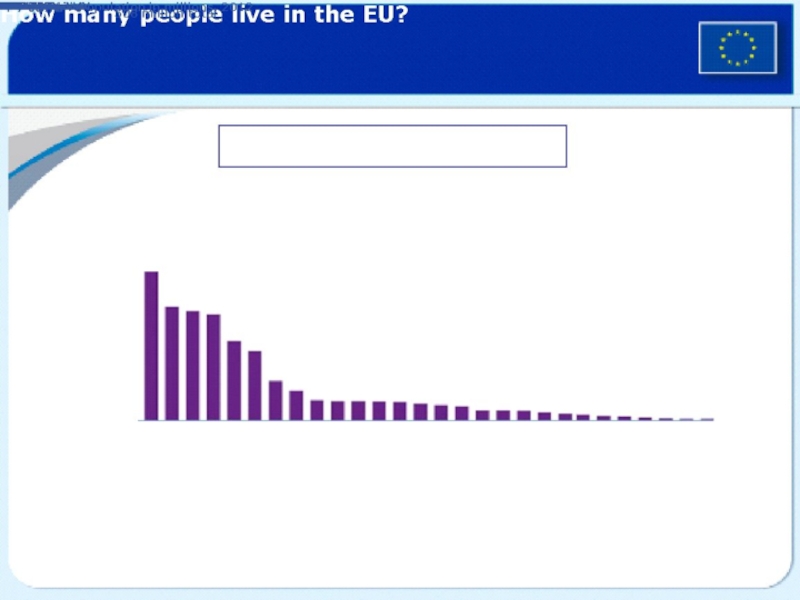
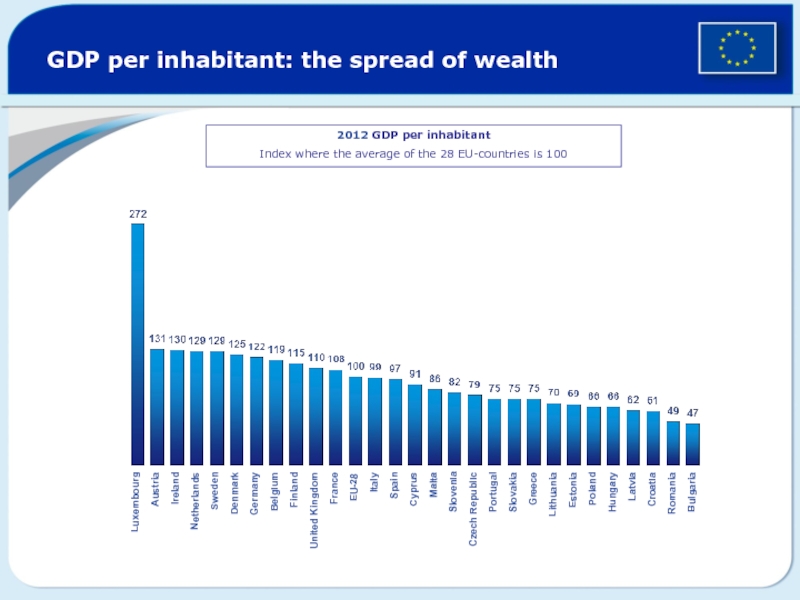
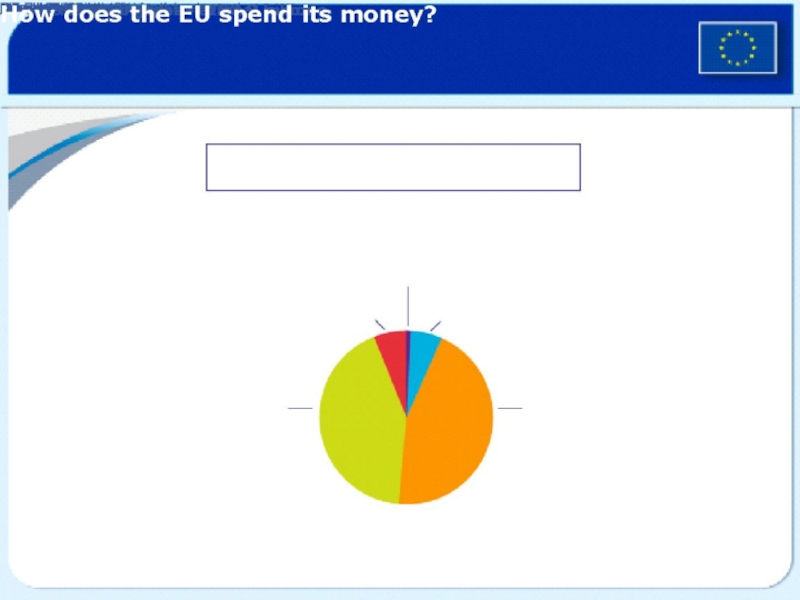
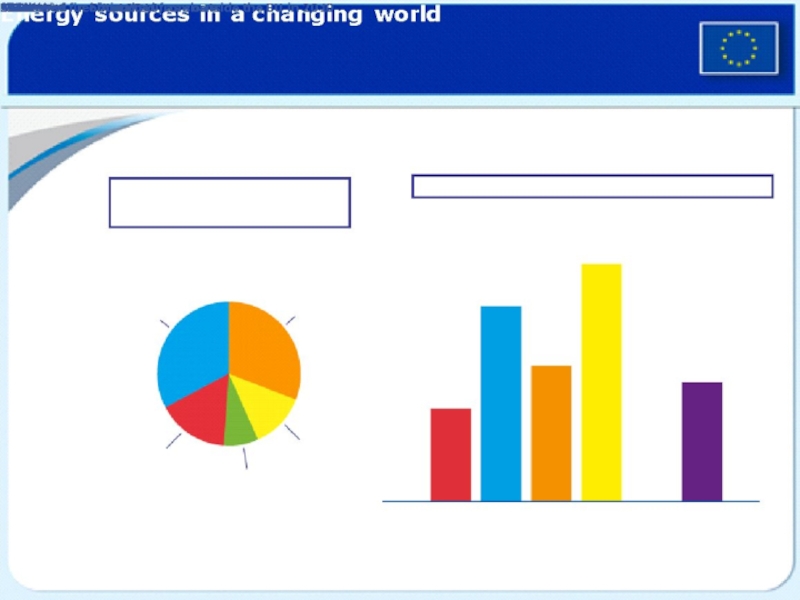

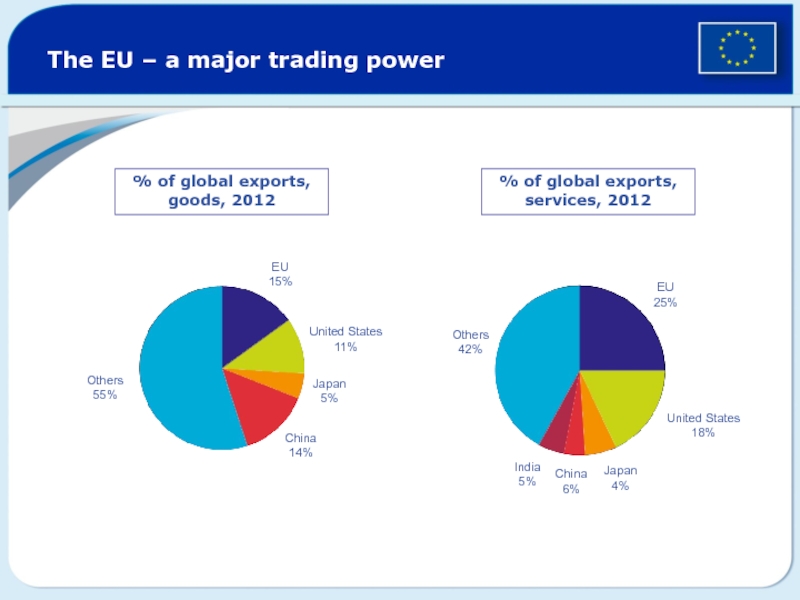
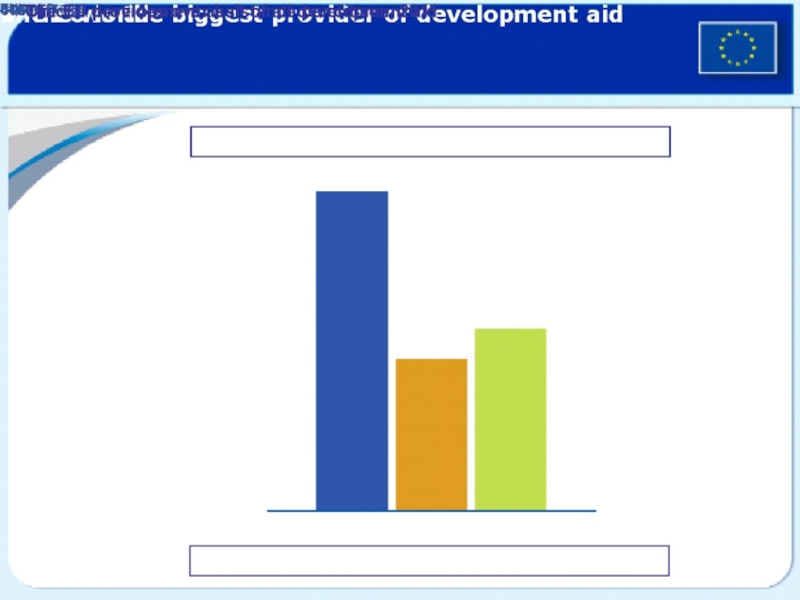
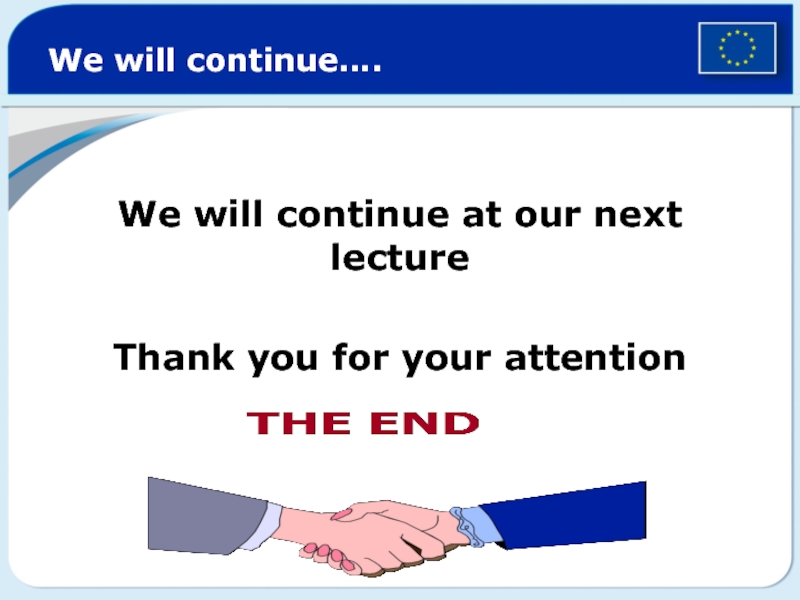
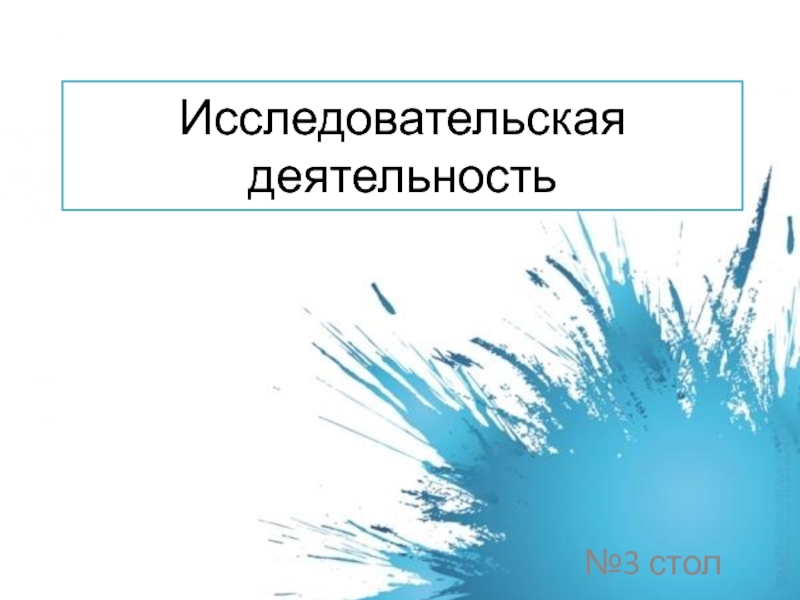

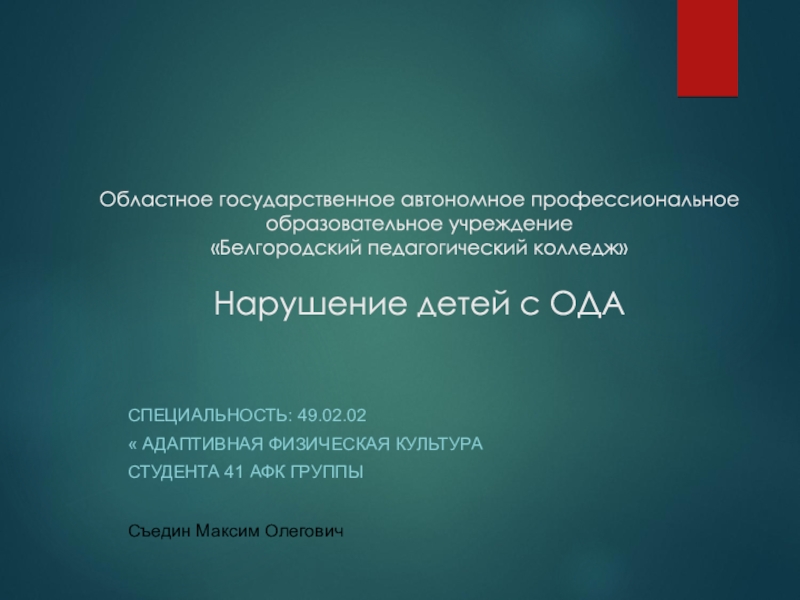
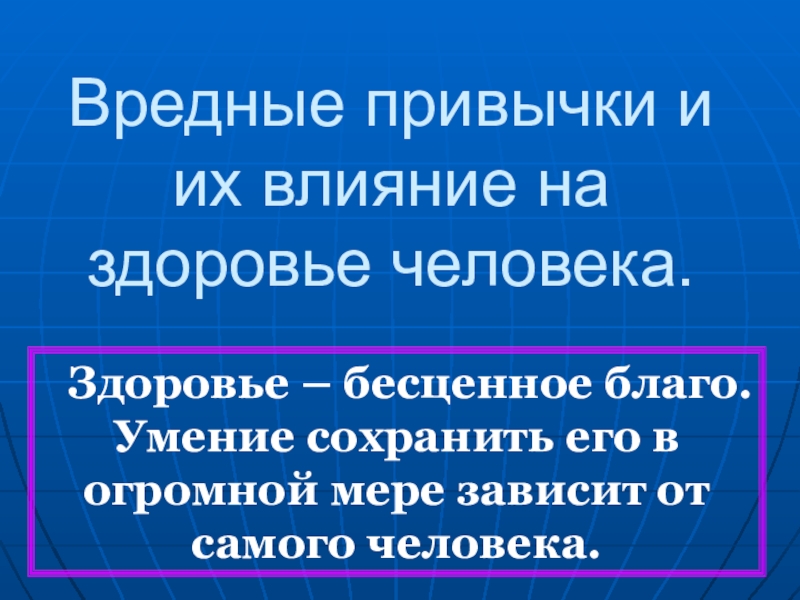
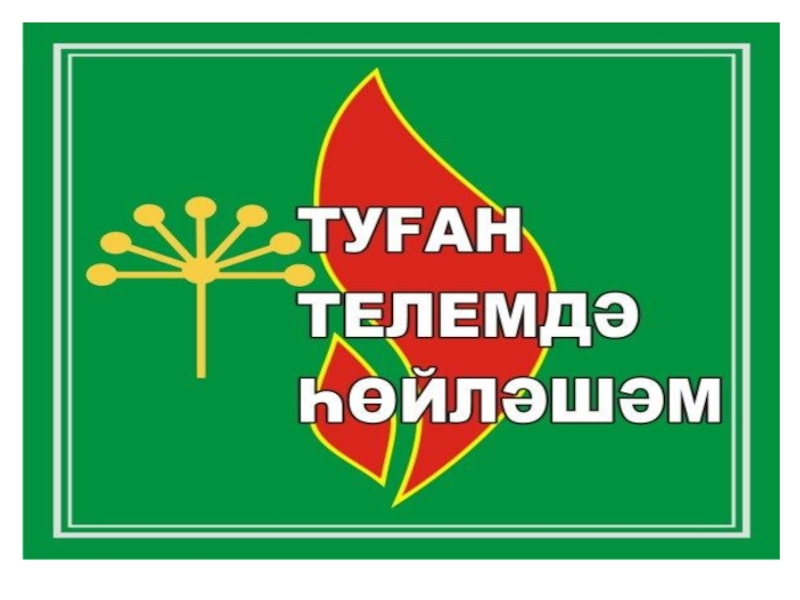

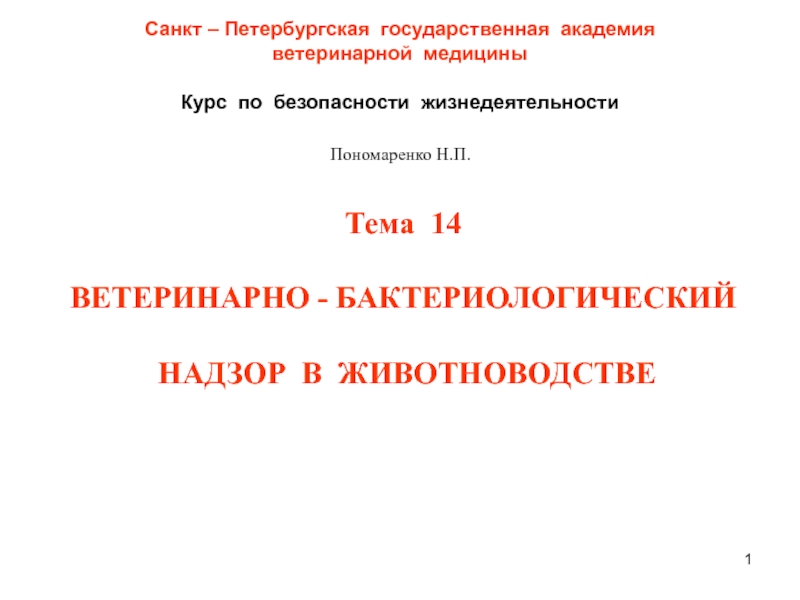

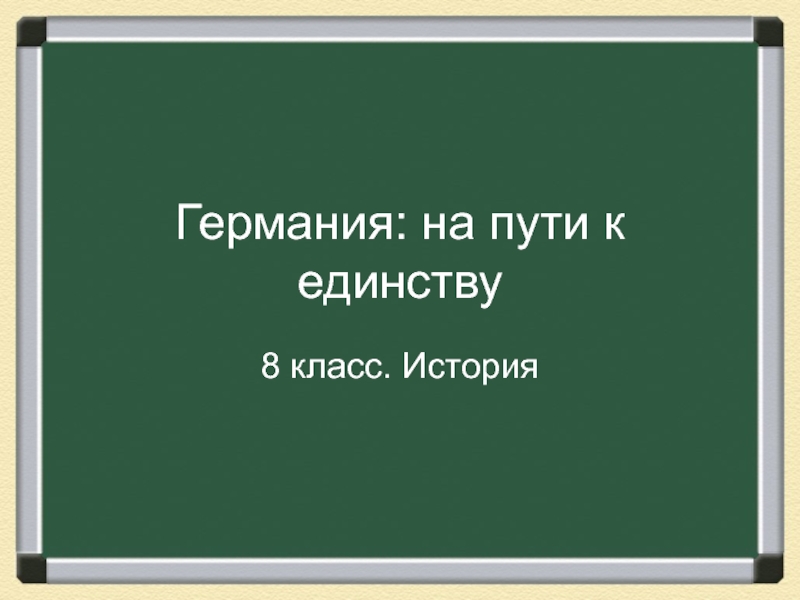
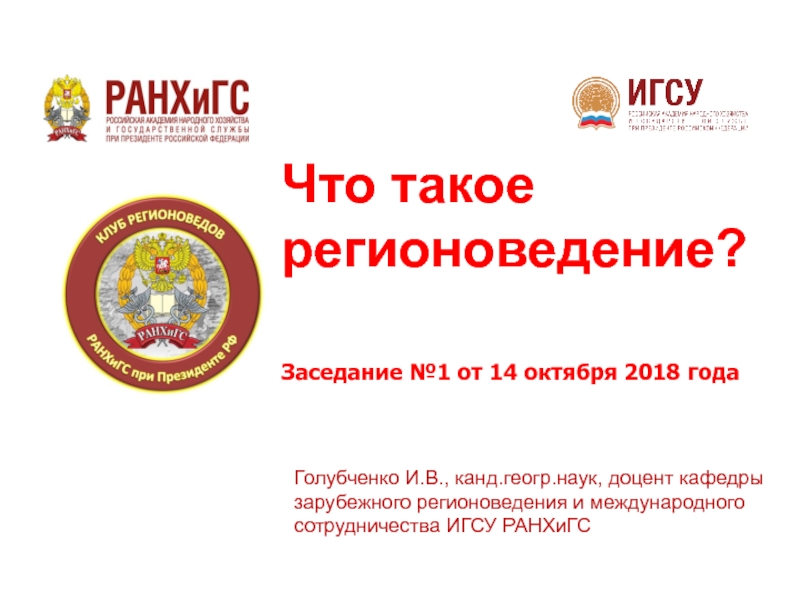
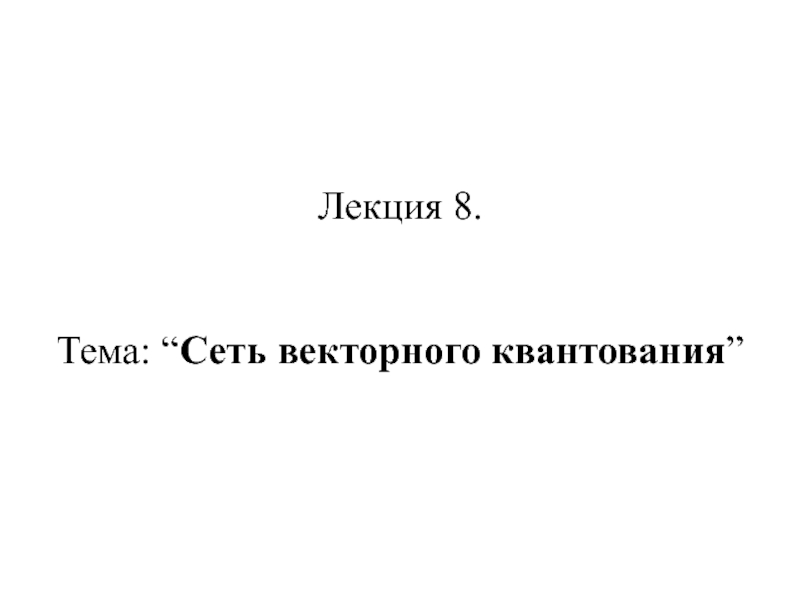
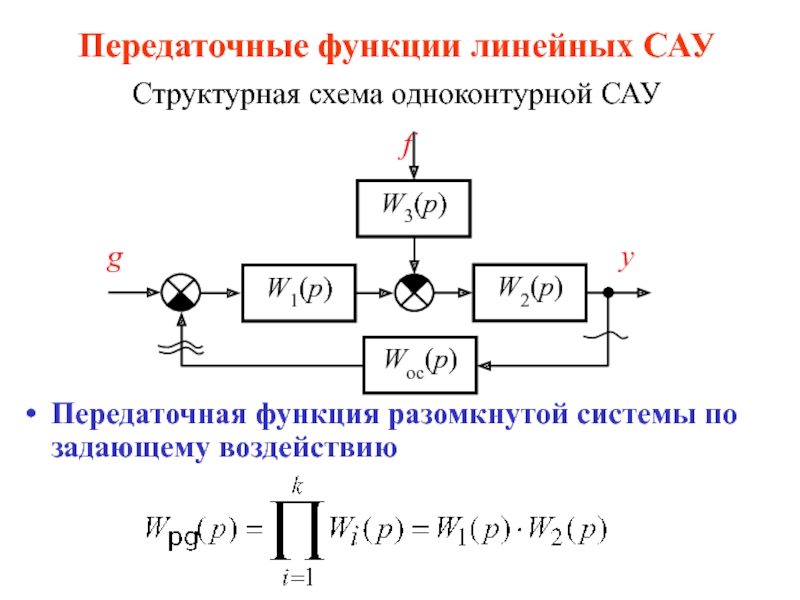
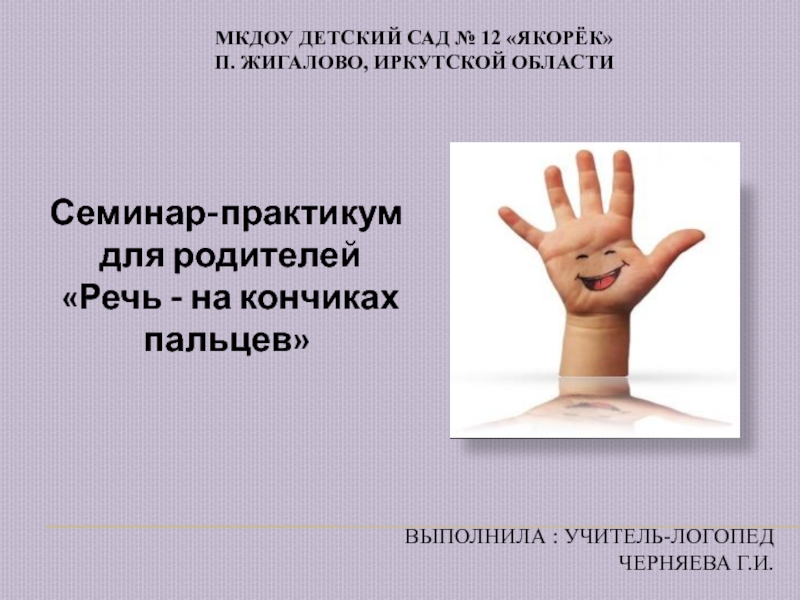
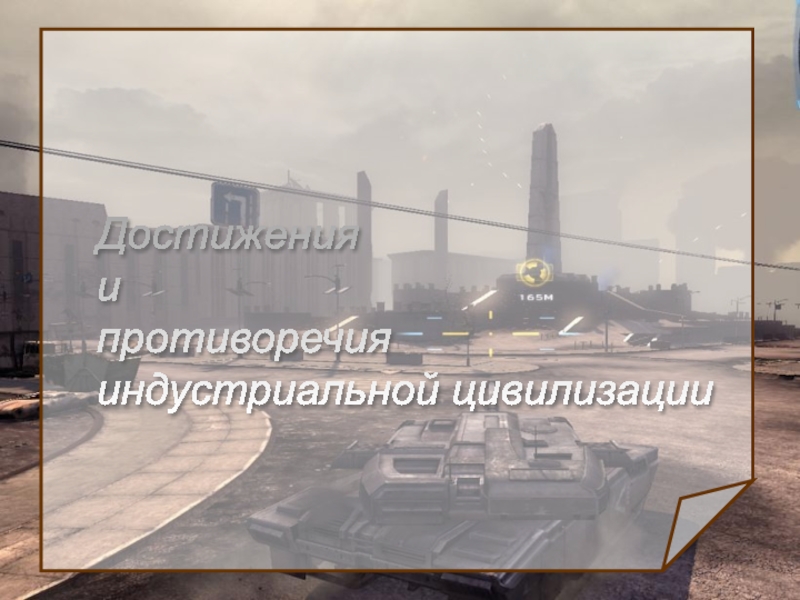

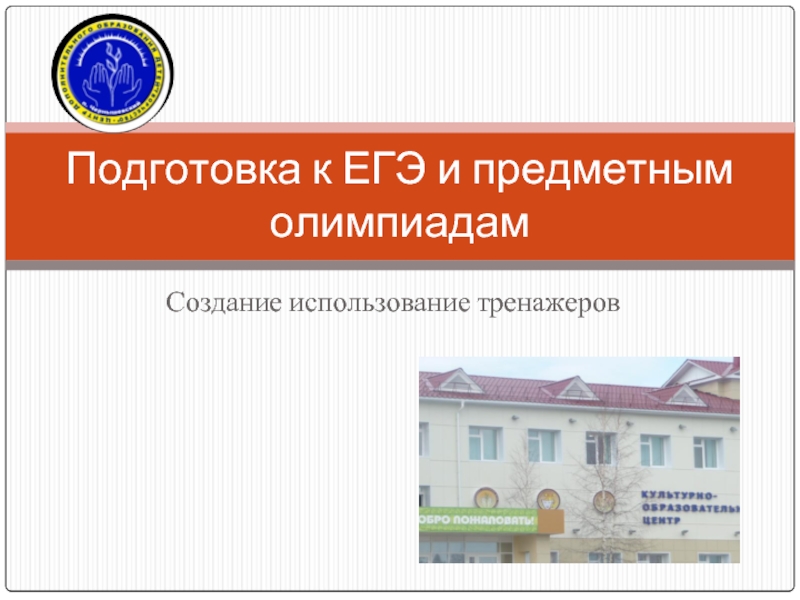
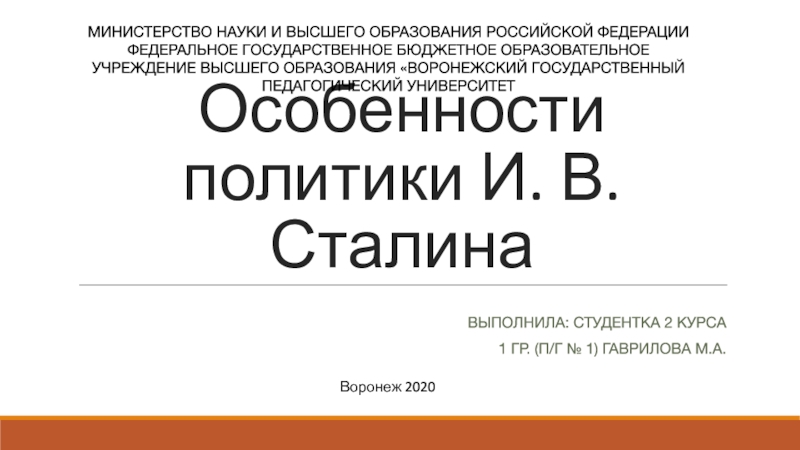
![Звуки [Л] и [Л']](/img/thumbs/f120119af73a44538557dbfba5a4c107-800x.jpg)
